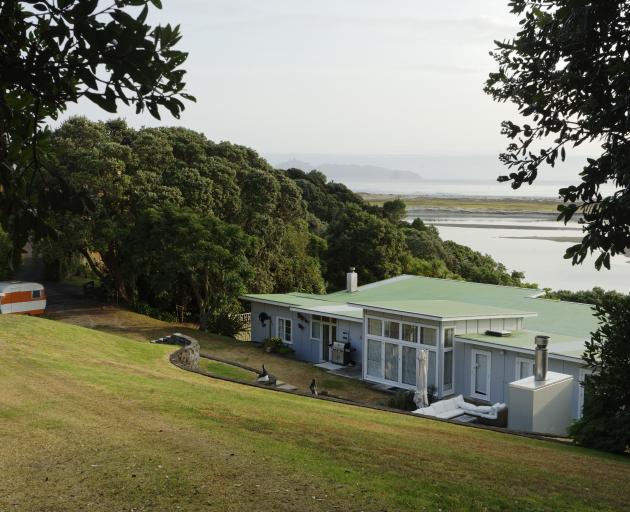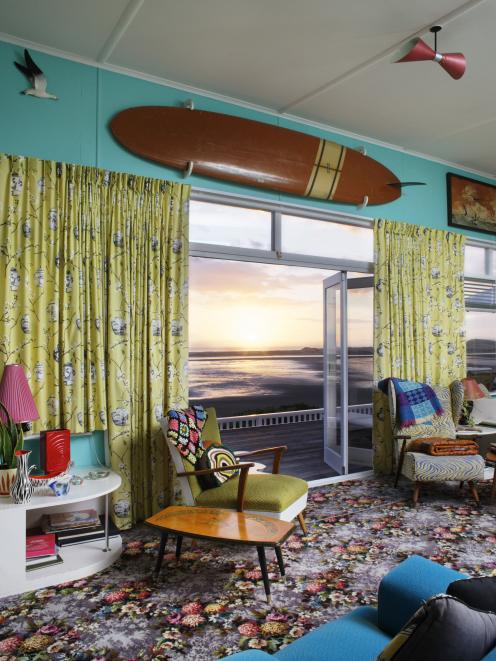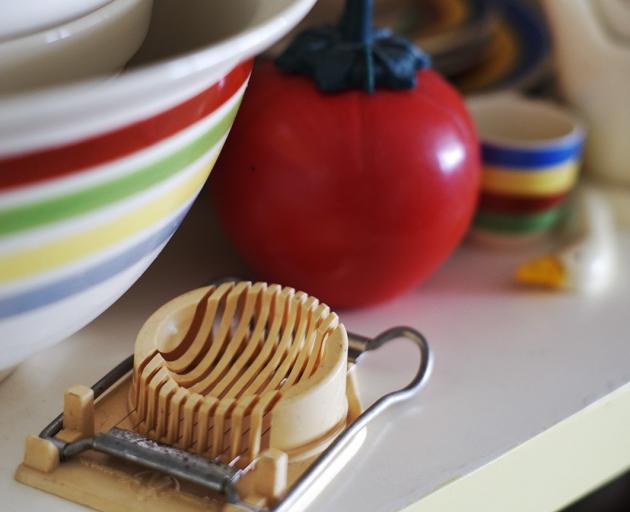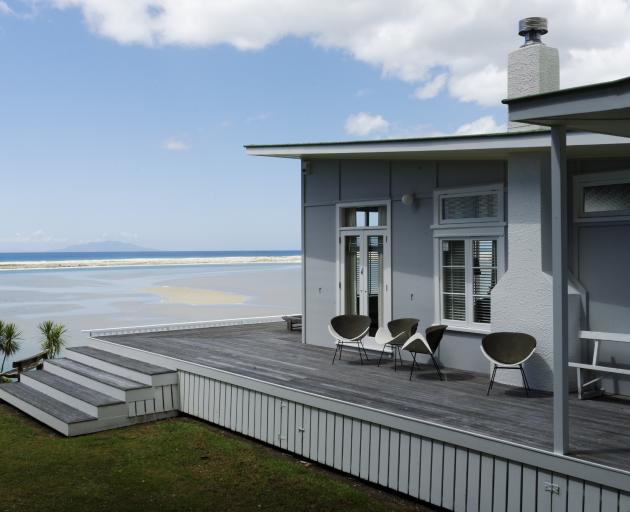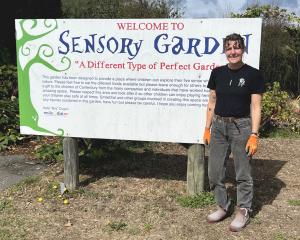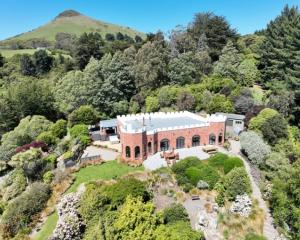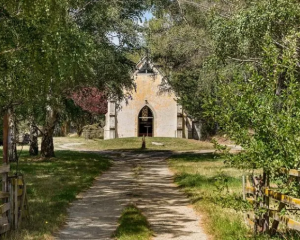Philanthropist Christine Fernyhough’s new book celebrates a golden era in our history. In this abridged extract from Mid-Century Living: The Butterfly House Collection, she outlines how she incorporated the classic design elements of the 1950 and ’60s into the humble rooms of her bach at Mangawhai.
I started collecting when, with the currents of life tumbling us in many directions, my family and I came together at a fibrolite bach at Mangawhai Heads in Northland in the 1990s. We named it the Butterfly House, and I set out immediately to fill it with all manner of useful and beautiful items. My mission was to create a magical holiday home for us to spend summers, winters - in fact any time we could get there throughout the year.
Over time the purpose of my collecting evolved. What started as a kind of interior decorating developed as my interest and passion grew for "things" - fine art as well as decorative and applied arts of mid-century New Zealand. It became more about rescuing history, a wonderful history lesson spoken in objects.
This passion to fill the bach with treasures from the 1950s and '60s coincided fortuitously with a rash of local garage sales. Mangawhai had been discovered by a new wave of beach lovers and bach owners who, much to our delight, were of a mind to throw out the old and in with the new. History was being shed; the mid-century was being eschewed for the latest fashion. Important examples of that history - treasures like Kiwiana, Crown Lynn, Titian, folk-art pieces by Jane Brenkley and Captain Adair's shell-encrusted acrylic paintings of steam ships - became like endangered species. So many of the pieces bought in those early days are still used and are a prized part of the decor and life at the Butterfly House. They tell their stories to all who will listen.
Post-war, the New Zealand housewife was still very much the homemaker: she excelled at baking and sewing, at macrame and pokerwork. The man of the house fixed things and, a copy of
Popular Mechanics at the ready, became a dab hand at creating objects that were used in the house. Alongside commercially or professionally made objects, it is these homemade things that have found an audience with today's New Zealanders, who look at them with fresh eyes, understanding that they come from a time when there was no television, the pubs closed at 6pm and making things by hand was celebrated.
Objects, as they travel through time, collect traces of the individuals who come in contact with them and the situations and locations they have inhabited: an old object can tell many different stories. In our time they take on new identities - sometimes nostalgic, sometimes playful, surprising or puzzling, sometimes shocking or even offensive.
As an example, I am now the proud owner of a bevy of Crown Lynn vases, hand-potted and once "run of the mill". My Aunty Phyl, being a West Auckland lass, had friends who worked at Crown Lynn Potteries. Just before Christmas they would let Aunty Phyl know when she could come as their guest to the Crown Lynn staff shop where, year after year, she would buy a piece of Crown Lynn and give it to my mother until, eventually, my mother plucked up the courage to say "please, no more".
When I look at these vases, I see this personal history, traces of my family. I also see a bigger story about economics and local manufacturing.
In the post-war period there was a rise in disposable incomes alongside a demand for goods that had not been available or affordable during the war. Strict import controls, ingenuity, resilience and perseverance helped to turn Crown Lynn into New Zealand's's largest 20th-century producer and exporter of ceramic ware.
Crown Lynn was not alone in taking advantage of customer demand and of the Labour-led government's import protection scheme: it affected carpet and clothing manufacturers, plastic, toy and glassware companies, textile firms, manufacturers and assemblers of electrical goods such as PYE and Thorn, appliance and whiteware manufacturer Fisher and Paykel, and Mason and Porter Ltd, makers of the Masport lawnmower - my father's favourite. Companies such as these grew and prospered, and New Zealand enjoyed a period of full employment in what has since been called the "golden years of New Zealand manufacture".
In a time of global trade, when the objects that surround us in our daily lives are much more likely to be made in China than in New Lynn, it's not surprising that a toy or a rug or a vase "made in New Zealand" has a hint of nostalgia - it's about style, it's about history, it's about industry, and it's all about identity.
When I think back to Aunty Phyl's Christmas gifts, when I look at and use my Crown Lynn vases, when I admire my Titian butterfly vase or sit on the sand with a Peter Pan picnic set, I feel connected to earlier times. I get excited about this period in our history, when we made things for ourselves.
As a family we had already been seduced by the primary colours of the original bach and by the simplicity of life in one room, but we had never quite conquered the modesty factor of having only curtains for walls. We needed bedrooms. The bach grew from one bedroom and the sleeping porch to four bedrooms and a six-bed bunkroom, and from one bathroom to three. The kitchen was redesigned, and on the western side, up a few steps, the room that we call "the posh room" emerged.
I found a motherlode of inspiration for the interior of the bach in magazines and books from around that time ...
The New Zealand Home Decorator and Painter, by B.H. Brindley, published in the 1950s, promoted itself as the comprehensive study of practical home painting and decorating. It had a section on "Vacation homes and outdoor living", but no mention of the bach or crib despite the "New Zealand" in the title. The contemporary holiday home, according to Mr Brindley, an Australian, combined "modernity with utility". In design it was "strictly functional seeking carefree comfort": with imagination and taste and at little cost, a dwelling could become a pleasure to look at and live in. To give the exterior of the house a "holiday" air, one merely had to add a brushwood fence and a gay-coloured door. For the interior, Mr Brindley recommended that furniture be light yet sturdy, have a decorative appearance and withstand wear, and that the decorator introduce a bright note by using "plenty of gay sparkling colours".
With Mr Brindley's philosophy ringing in my ears, what came from town was vetted: I had become focused and single-minded about mid-century and specifically New Zealand-made furniture and objects. I was working with a background palette of bright 1950s colours - turquoises and reds and yellows, greens; not one wall was white. Having a riot of colour allowed for reckless abandon when it came to objects - no tone on tone, no one theme. The philosophy was to create an environment of warmth and relaxation, happiness, and a plethora of memory triggers. Even today, visitors enter the bach and within seconds, they're smiling and laughing.
Mid-Century Living: The Butterfly House Collection is written by Christine Fernyhough and published by Godwit (RRP $60). Text and images: Christine Fernyhough. Photography by Studio La Gonda.
